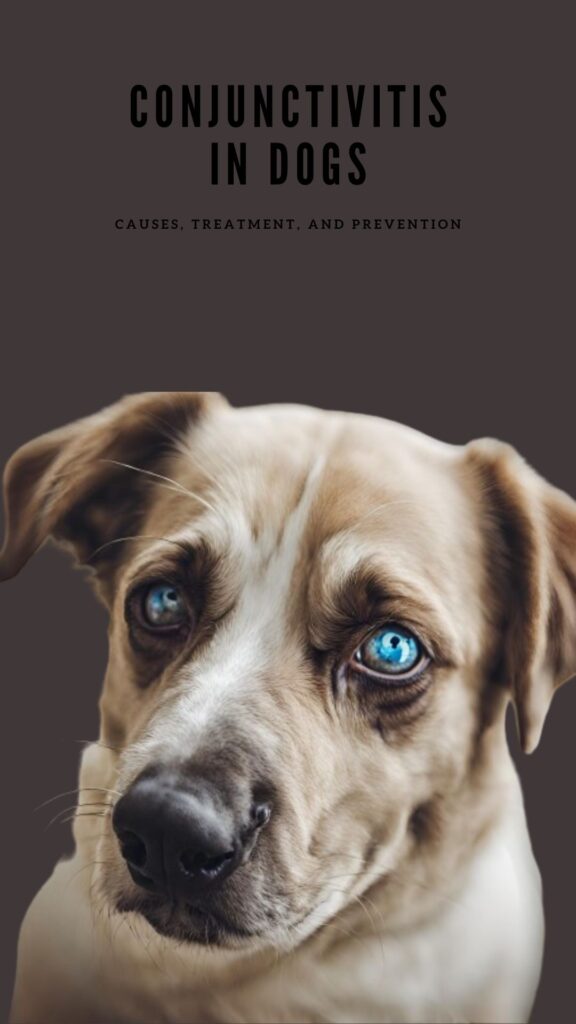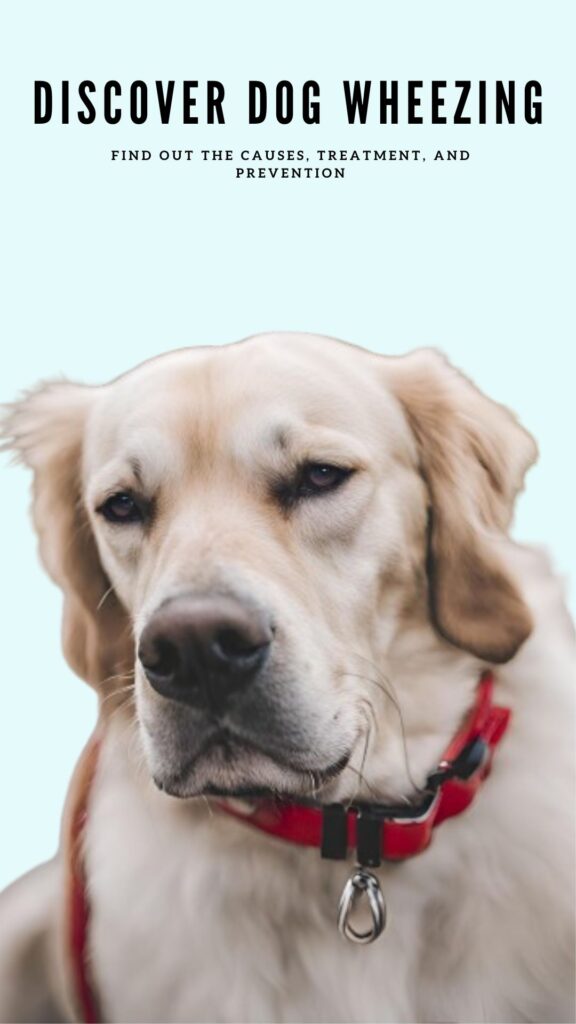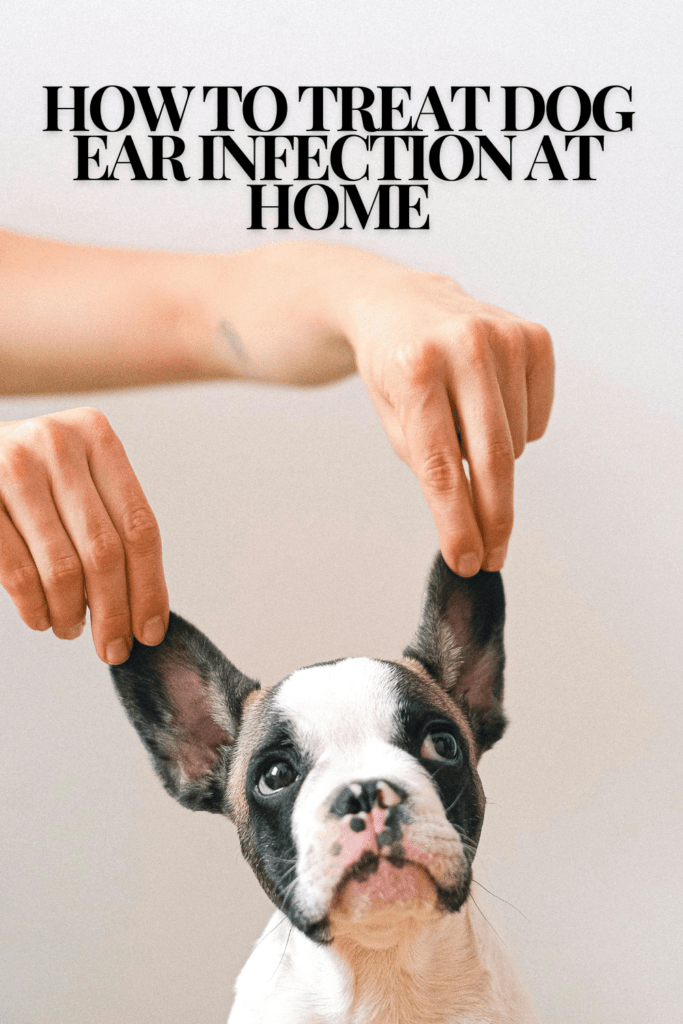Swollen Lymph Nodes In Dogs : Everything You Need To Know
Introduction:

Swollen Lymph Nodes In Dogs can be concerning, but understanding the causes and appropriate care is essential for their well-being. In this detailed guide, we’ll explore what swollen glands in dogs mean, symptoms, common causes, diagnosis, treatment, and recovery. Let’s embark on a journey to decode this aspect of canine health.
What Are Dog Swollen Glands?
Understand the basics of the lymphatic system in dogs and what swollen lymph nodes signify. Explore the symptoms that might indicate your dog is dealing with lymphadenopathy.
The lymphatic system in dogs, much like in humans, plays a crucial role in immune function and fluid balance. It consists of lymphatic vessels, lymph nodes, lymphoid organs (such as the spleen and thymus), and lymphoid tissue found in various organs.
Lymph nodes are small, bean-shaped structures distributed throughout the body and serve as hubs for filtering lymph fluid, which carries immune cells and waste products. Swollen lymph nodes, also known as lymphadenopathy, can indicate various underlying issues:
To read more about Dog Swollen Glands, check out our blog post: Dog Swollen Face: Discover 5 Causes, Treatment, and Prevention
Causes of Swollen Lymph Nodes in Dogs
Delve into the various causes of swollen lymph nodes, including infectious causes, cancerous factors, and other contributors. Learn about dog breeds prone to swollen lymph nodes and gain insights into what swollen lymph nodes look like on dogs.
Swollen lymph nodes in dogs can result from various causes, including:
Infectious Causes:
Bacterial infections: Canine brucellosis, Lyme disease, and pyoderma.
Viral infections: Canine distemper, parvovirus, and canine influenza.
Fungal infections: Blastomycosis, histoplasmosis, and cryptococcosis.
Parasitic infections: Toxoplasmosis, heartworm disease, and tick-borne diseases like ehrlichiosis.
Inflammatory Conditions:
Allergies: Environmental or food allergies can trigger inflammation in the lymph nodes.
Autoimmune diseases: Conditions like systemic lupus erythematosus (SLE) can lead to lymphadenopathy.
Cancerous Factors:
Lymphoma: A common cancer of the lymphocytes in dogs.
Metastatic cancer: Cancer from other organs can spread to the lymph nodes, causing enlargement.
Other Contributors:
Immune-mediated diseases: Conditions where the immune system mistakenly attacks the body’s tissues.
Trauma or injury: Physical trauma can cause localized inflammation and swelling of lymph nodes.
How Vets Diagnose and Treat Swollen Lymph Nodes
Explore the diagnostic process veterinarians use to identify the root cause of swollen lymph nodes. Discover treatment options and understand what the prognosis might be for dogs with swollen glands. Get answers to frequently asked questions about swollen lymph nodes in dogs.
Swollen lymph nodes in dogs typically appear as firm, non-painful lumps under the skin. They may range in size from small pea-sized nodules to larger masses. The affected lymph nodes might be palpable during a physical examination, often found in regions such as the neck, under the jaw, behind the knees, or in the armpits.
If you notice any signs of swollen lymph nodes in your dog, such as changes in size or consistency, it’s crucial to consult a veterinarian for proper diagnosis and treatment. Diagnostic tests may include blood work, imaging studies, and possibly biopsy of the lymph node to determine the underlying cause.
Recovery and Management of Swollen Lymph Nodes
Learn about the recovery process for dogs dealing with swollen lymph nodes and discover how to provide ongoing care. Gain insights into what pet owners can do to support their dogs during the healing journey.
The recovery and management of swollen lymph nodes in dogs depend on the underlying cause. Here are some general guidelines:
Medical Treatment:
Treatment may involve addressing the underlying condition causing the lymphadenopathy. This could include antibiotics for bacterial infections, antifungal medications for fungal infections, or antiparasitic drugs for parasitic infections. In cases of cancer, treatment options such as chemotherapy, radiation therapy, or surgery may be recommended.
Symptomatic Relief:
Depending on the symptoms present, your veterinarian may prescribe medications to alleviate discomfort, reduce inflammation, or manage other symptoms like fever or loss of appetite.
Nutrition and Supportive Care:
Providing a balanced diet and ensuring your dog gets adequate rest and hydration can support their overall health and immune function, aiding in recovery.
Regular Monitoring:
Follow-up appointments with your veterinarian may be necessary to monitor your dog’s progress and adjust the treatment plan as needed. This may involve physical examinations, blood tests, imaging studies, or other diagnostic tests to assess response to treatment and detect any recurrence or complications.
Lifestyle Changes:
Depending on the underlying cause, your veterinarian may recommend lifestyle changes to help prevent recurrence or manage chronic conditions. This could include measures such as environmental modifications to reduce exposure to allergens or parasites, implementing preventive measures such as vaccinations or parasite control, or avoiding known triggers for autoimmune reactions.
Long-Term Management:
In cases where lymphadenopathy is due to chronic or recurrent conditions, long-term management may be necessary. This may involve ongoing medication, regular monitoring, and proactive management of any flare-ups or complications.
It’s essential to follow your veterinarian’s recommendations closely and communicate any concerns or changes in your dog’s condition promptly. With appropriate treatment and management, many dogs with swollen lymph nodes can experience improvement in their symptoms and quality of life.
Conclusion and Community Engagement
As we conclude this comprehensive guide, we invite you to share your experiences, questions, and insights. Your input can contribute to a collective understanding of canine health. Leave a comment below, and let’s foster a community dedicated to the well-being of our furry friends.










